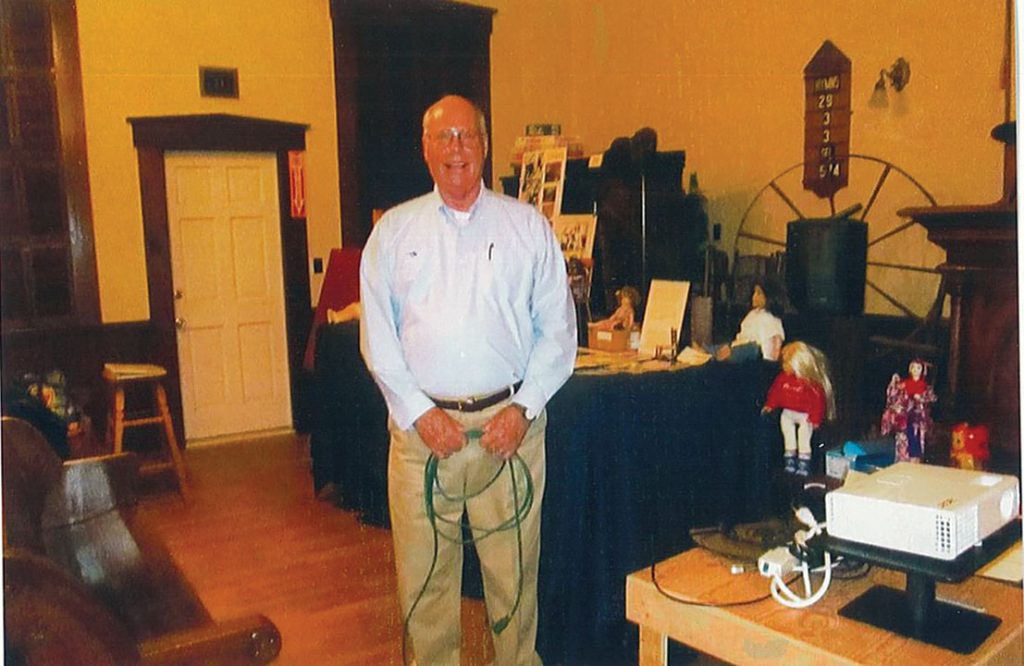David Schafer, registrar and genealogist from 2016 to 2023 and now chapter of the Cape Cod and Islands of Sons of the American Revolution (SAR), was the speaker at the September 18 meeting of the Rochester Historical Society.
Schafer began his PowerPoint presentation with the recounting of an event 250 years ago this September when men from Rochester, Wareham, Sandwich and Plymouth converged on the Barnstable Courthouse on September 27, 1774, to prevent the judges from meeting in order to prevent cases to move to courts controlled by Great Britain.
Schafer then moved on to the heart of his presentation, explaining the steps necessary for locating an ancestor who had fought in the Revolutionary War.
These searches are dear to the hearts of members of both the Sons and Daughters of the Revolution. He explained that a search often begins with a grave in a cemetery. The gravestone would have name, possibly birth date and death date. If the dates line up with the timeline of the war, there is a series of steps to follow and websites to visit. He left handouts that can be picked up at the RHS Museum.
One place to start is the listing of Massachusetts Soldiers and Sailors. One can then move to websites of the SAR and DAR beginning with the last name and verifying the biographical information. The next step is to look up the Patriot Index Cards. These can be found at MA, Rev War Index Cards to Muster Rolls, 1775-1783 at familysearch.org/search/collection/2548057.
Theses index cards were created when, in 1891, the Massachusetts General Court directed the State Secretary to compile volumes of Muster/Payroll and various papers (1763-1808) of the Revolutionary War and create index cards (a primary source) with the soldier’s name and a description of service. At the bottom of the card are the page and volume numbers of the Muster/Payroll records from 1763 to 1808. The Massachusetts Archives have about 250 volumes of these.
Another source of information after service has been identified are the pension records. In 1815, the first Pension Act was passed and then modified in 1820. In 1836, a pension for surviving widows was passed. These records fill in the additional names of family members and the names of those who served, along with the person named on the pension document.
Schafer then walked us through three searches of names on gravestones in Rochester Center: Jonathan Church, Lemuel Clark and Jonathan King. He also discussed the research done by Bruce Bassett to find and verify the records of his ancestor, Thomas Bassett, also buried in the cemetery. There will be a ceremony on Saturday, October 26, at 11:00 am at the Dexter Lane cemetery to mark Bassett’s grave and all (especially members of the Bassett and Mendall families) are invited.
Schafer began his presentation saying that cemeteries are actually a community of the 1700s and those in them are removed from today by seven, eight or nine generations. He said that these Revolutionary soldiers are the people who made the war for independence happen, more than all the famous names such as Adams, Washington, Jefferson, etc. that are found in textbooks.
It was the passion for independence held by these soldiers that powered the fight. While the famous names will be remembered, it is only by finding and marking the graves of the regular soldiers and sailors that we can preserve their memories. The meeting ended with questions, refreshments and conversations.
By Connie Eshbach
